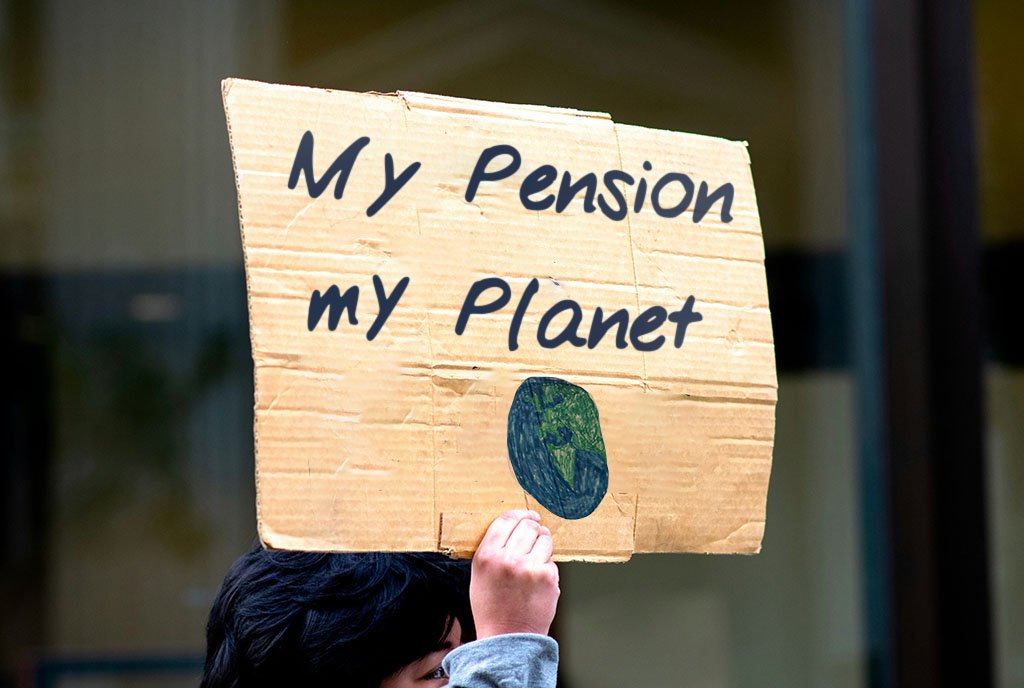
Two recent studies by University of Michigan researchers finds that low-income US families who received the short-lived 2021 expanded child tax credit utilized the modest cash payments ($300 to $350 per child per month) to significantly reduce household hunger, pay off bills and pay down overdue rent, stabilize housing situations and—intriguingly—become more independent from potentially toxic relationships.
The expanded 2021 child tax credit was as monumental as it was brief.
The new studies bolster the case, long made by many liberal economists and policymakers, that poor families tend to spend cash welfare payments on their most pressing needs, to the benefit of the entire household and especially children. At the same time, the studies refute long-standing arguments by conservatives—including opponents of the 2021 expanded tax credit—that such assistance deters families from seeking paid work.
Food, Bills, and Rent
The 2021 expanded child tax credit—passed by Congress in March 2021 as part of the American Rescue Plan Act—was as monumental as it was brief. The new benefit reached some 60 million children (including 26 million children previously ineligible for the full benefit) and was widely credited with cutting child poverty in the United States by nearly half—overnight. (The fact that child poverty was then essentially doubled again, overnight, as the tax credit was allowed to expire at the end of 2021, received less fanfare.)
The expanded credit increased the amount of tax relief qualifying parents saw by about half (from $2,000 per child to $3,000 for children ages six through 17 and to $3,600 for children five years old and younger) and, crucially, expanded eligibility to families with no or very low incomes, who had previously been excluded from the benefit. (In Washington-speak, the credit was made “refundable,” meaning that families got the benefit even if they had no income tax liability.) It also allowed families to receive the benefit in monthly payments, rather than having to wait until filing taxes.
In essence, the expanded credit represented a monthly infusion of cash to families with children, with the bulk of the expansion going to poor families and families of color.
The relatively small cash infusions, the researchers found, served to significantly reduce household hunger.
The recent studies, conducted by researchers at the University of Michigan’s Gerald R. Ford School of Public Policy and published by the National Bureau of Economic Research in March and June of this year, examined monthly surveys submitted by more than 20,000 parents receiving the expanded benefit. Participants also received Supplemental Nutrition Assistance Program benefits, which meant the families were poor by most measures. (The average annual household income of study participants was about $10,000.)
For many of these families, the expanded child tax credit represented a significant new influx of monthly cash payments.
The studies by the University of Michigan’s team shed new light on just how important that short-lived relief was for many families, and especially for low-income women with children, who comprised roughly 90 percent of the study sample.
Among the top priorities for families that received the expanded credit, the March study found, was food. The relatively small cash infusions, the researchers found, served to significantly reduce household hunger, among a host of other family hardships, lowering “food hardship” by approximately one-third (March, 17).
Families receiving the expanded credit also used the credit to pay down bills, catch up on overdue rent, and to avoid residential moves due to financial hardships, allowing families to stay in their homes, the June study found.
“The monthly CTC provided parents with the ability to gain residential independence from partners.”
Cash Allowed for “Residential Independence”
The payments also correlated with an increased likelihood of “residential independence,” with more parents reporting a change in their living arrangements, an effect “largely driven by fewer mothers living with a partner.”
In other words, the payments appear to have empowered women to end unhealthy or otherwise undesirable cohabitation relationships.
Sign up for our free newsletters
Subscribe to NPQ's newsletters to have our top stories delivered directly to your inbox.
By signing up, you agree to our privacy policy and terms of use, and to receive messages from NPQ and our partners.
The June report states:
“Our findings suggest that for low-income families, the monthly CTC provided parents with the ability to gain residential independence from partners—in keeping with a literature on cohabitation among low-income households, where romantic partners move in for financial reasons or where former partners cannot move out because of financial constraints” (5).
The study can only tell us so much about what, exactly, was taking place in those households, says Katherine Michelmore, one of the authors. “We don’t know concretely what’s happening. But given what we’re seeing and the other outcomes that they’re less likely to have past-due rent, what we’re imagining is folks whose relationships might have ended and they couldn’t afford to…separate the household completely—and that this monthly benefit was allowing individuals to break the ties with former partners.”
Michelmore says more research could better explain the reasons for those decisions, but that there is rationale to suspect that they lead to benefits for the family.
“If we think that these [decisions] are improving these folks’ lives, that it’s leading them to leave relationships that weren’t suited to them, we could imagine that this can reduce domestic violence, child abuse, could lead to positive outcomes for a number of different outcomes that we think are good.”
Cash Welfare: An Old Debate
The findings inform a long-standing debate in American politics over the place, purpose, and effectiveness of cash welfare after decades of Congress and various presidential administrations—Republican and Democrat—whittling away the role and scope of such programs.
“As a country, we have been very reluctant to provide cash benefits without any kind of strings attached,” notes Michelmore.
But the team’s findings back up a body of literature that flies in the face of stereotypes that poor families are prone to waste or misuse cash welfare, and instead provides evidence that they are a particularly effective investment in reducing poverty and its negative effects.
Recent research by Columbia University’s Center on Poverty and Social Policy supports such assertions, finding that a permanent expanded child tax credit “would deliver a value to society eight times the annual costs.”
Meanwhile, and crucially, the University of Michigan researchers’ studies offer evidence refuting arguments that such benefits discourage recipients from seeking paid employment.
The researchers found “no evidence that the monthly CTC benefits led to a reduction in employment or labor force participation in the six months during which the benefits were distributed,” the March report states.
For now, at least, the expanded child tax credit is no more, with no obvious momentum to resurrect the policy amid a divided Congress.
But its brief, six-month life could still inform debates over the role and potential benefits of cash welfare going forward.
“I think this work is really important because it shows that when you trust families to spend the money on the things that benefit them the most, we do see positive outcomes,” says Michelmore. “It’s hard to say that that’s going to be true for 100 percent of everyone, but at least as a whole, it seems like these are leading to better outcomes for these families.”












